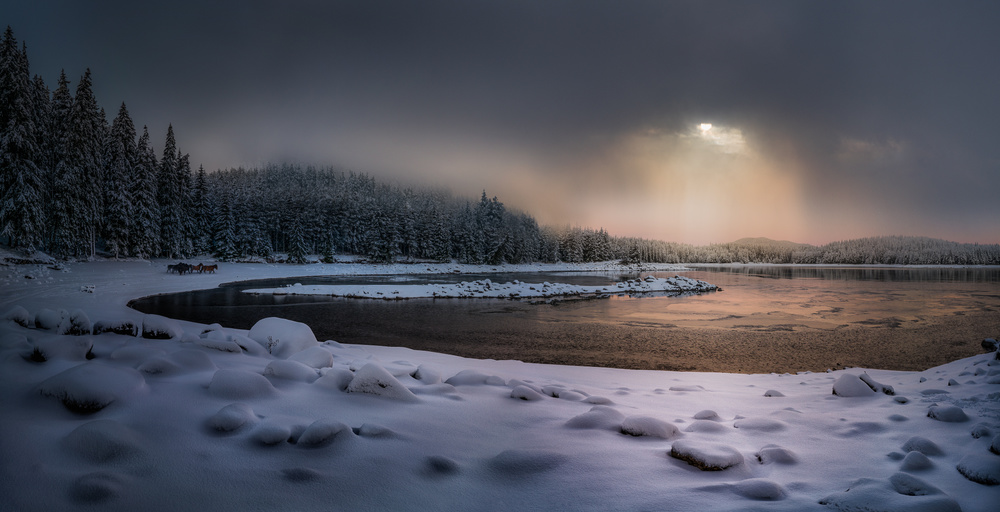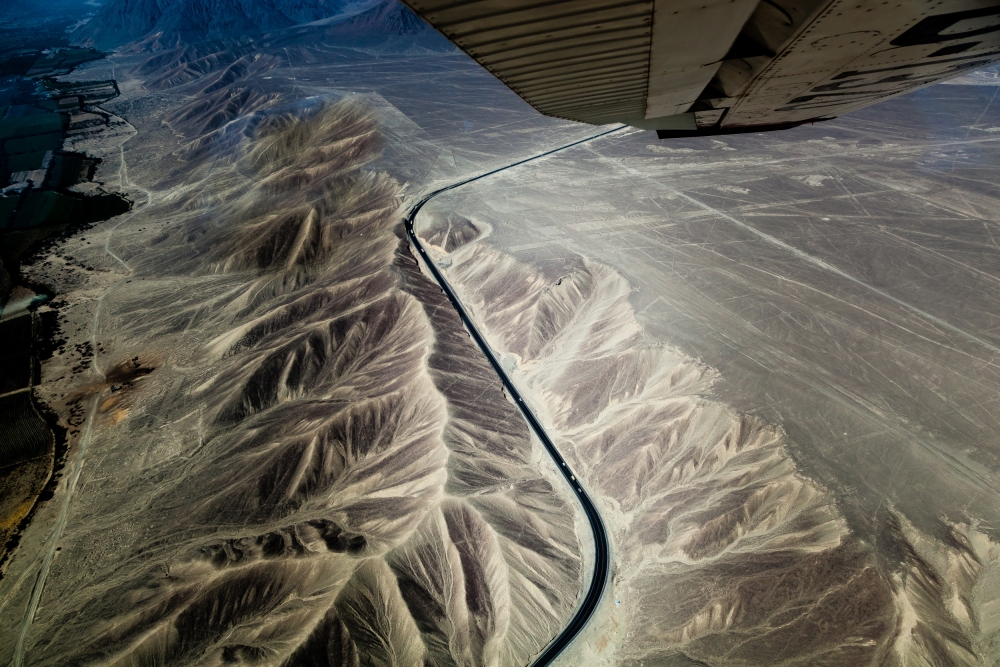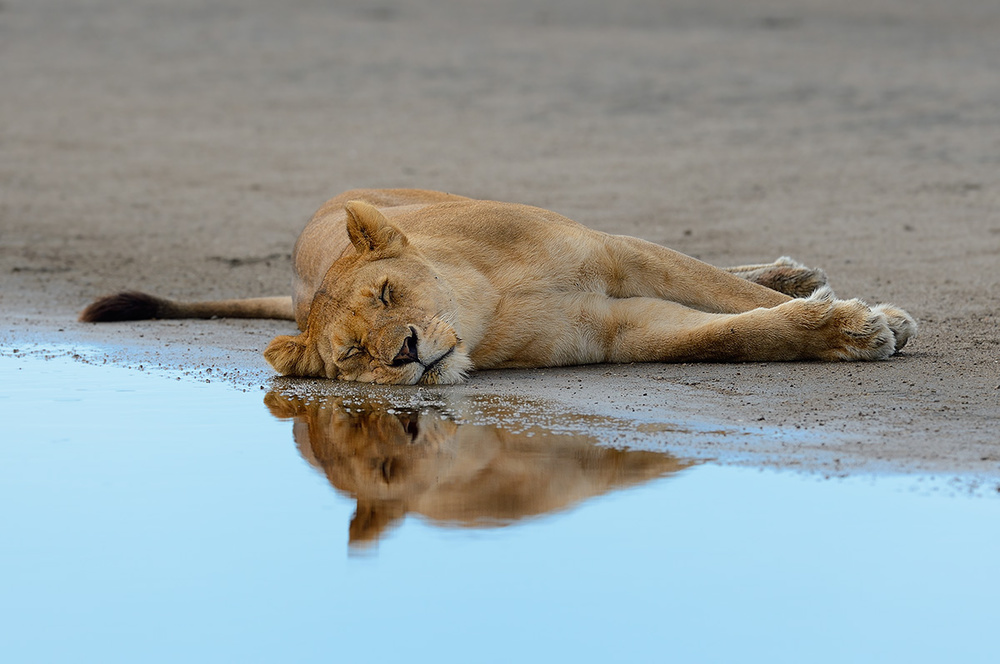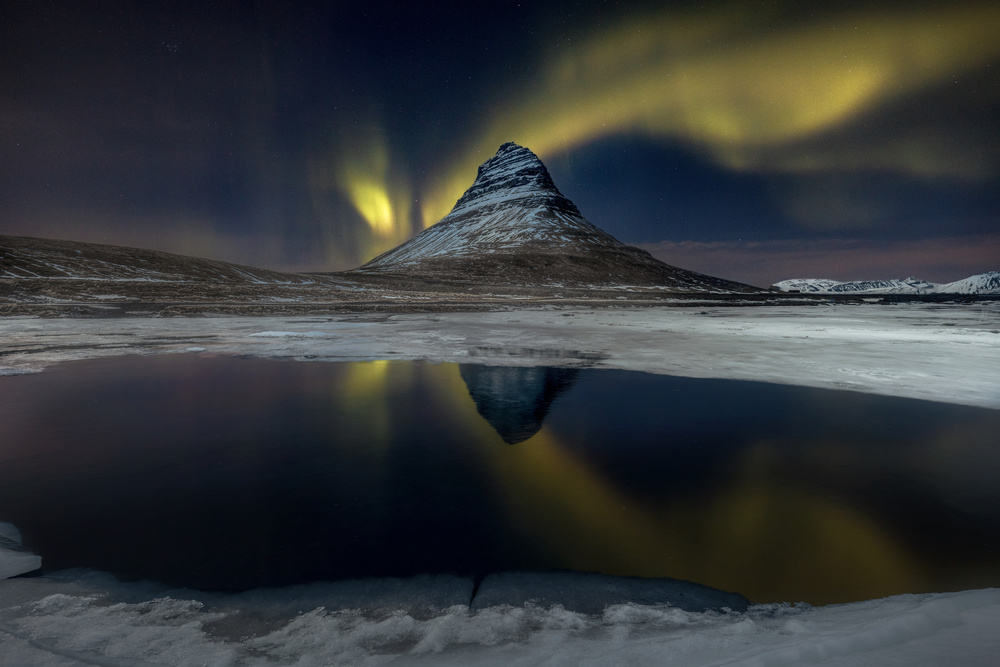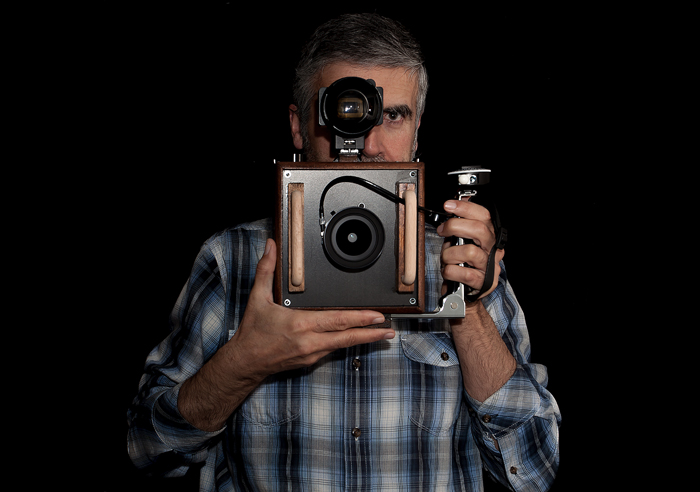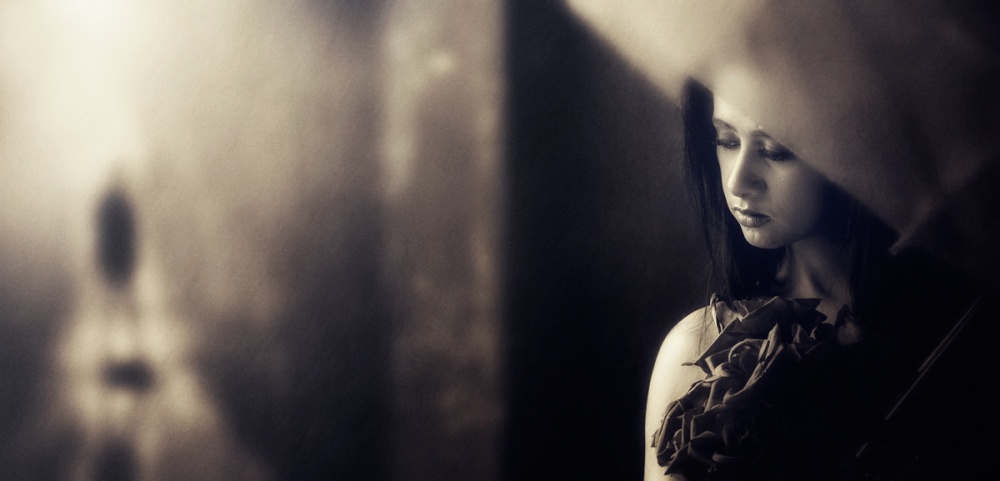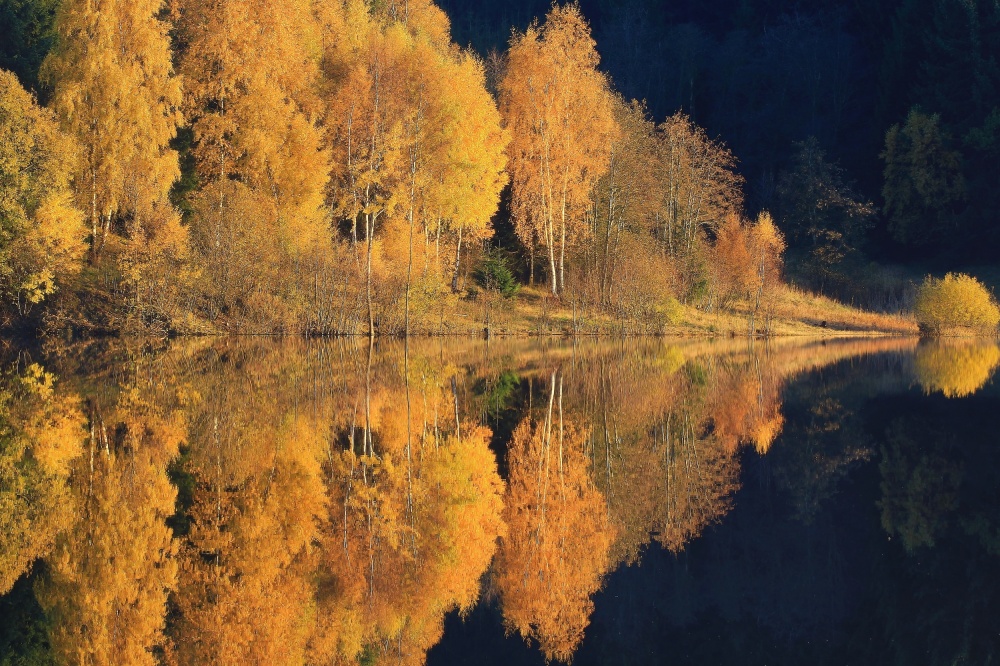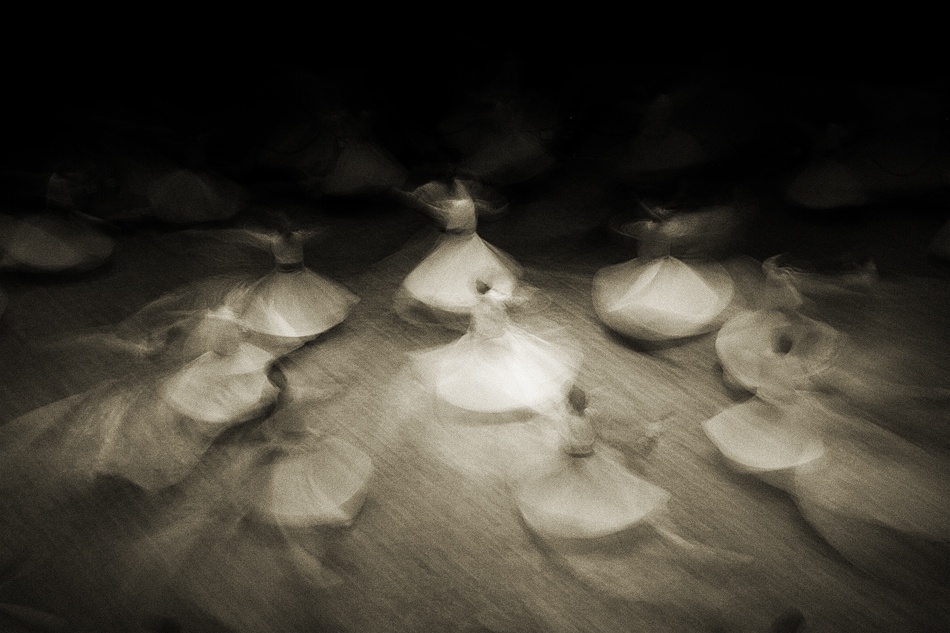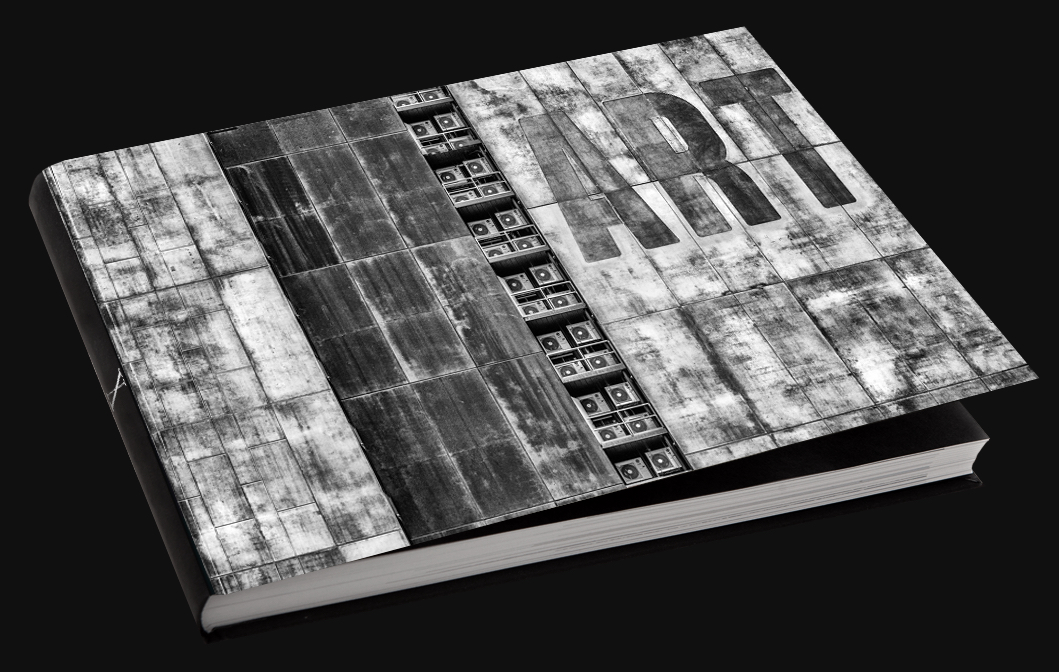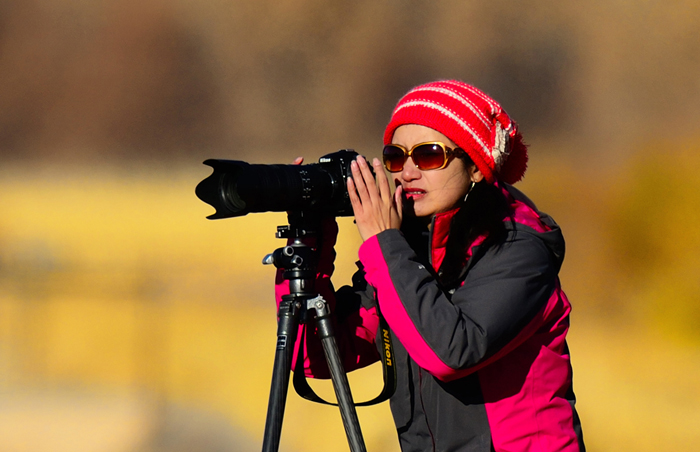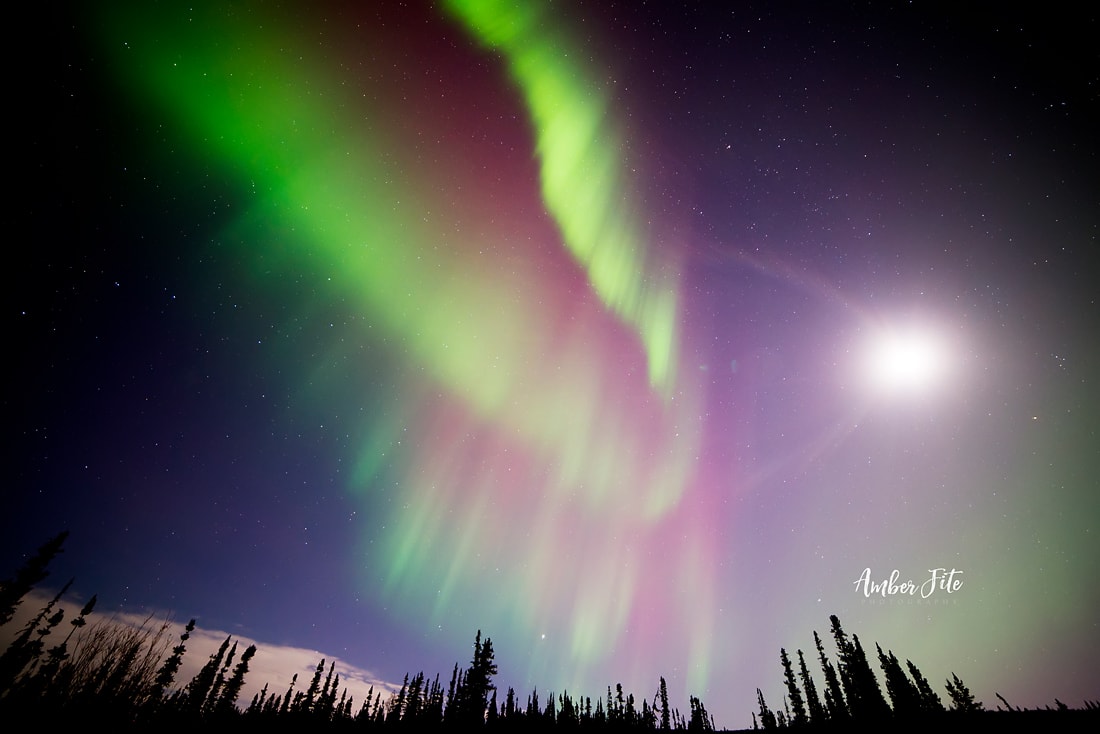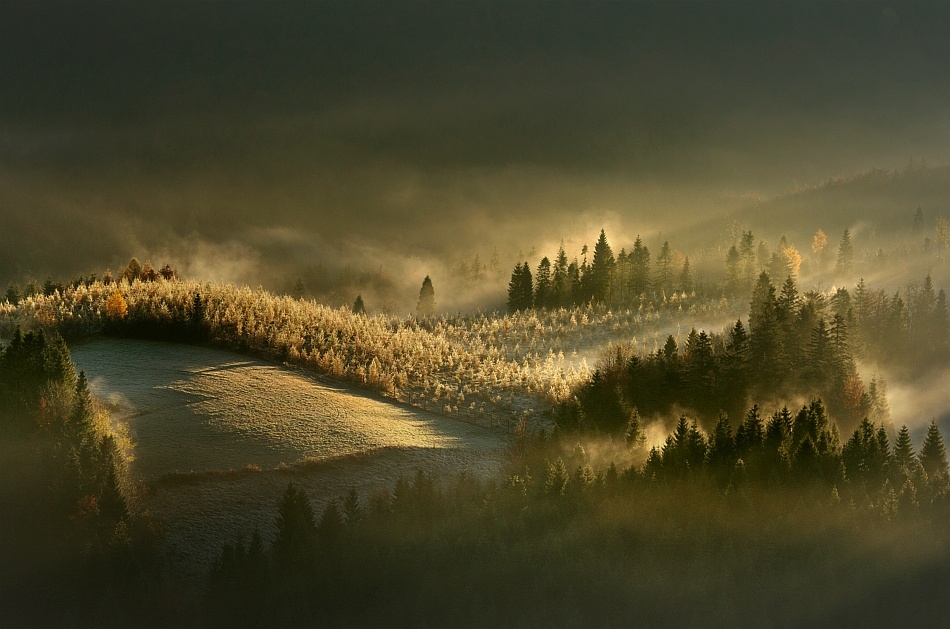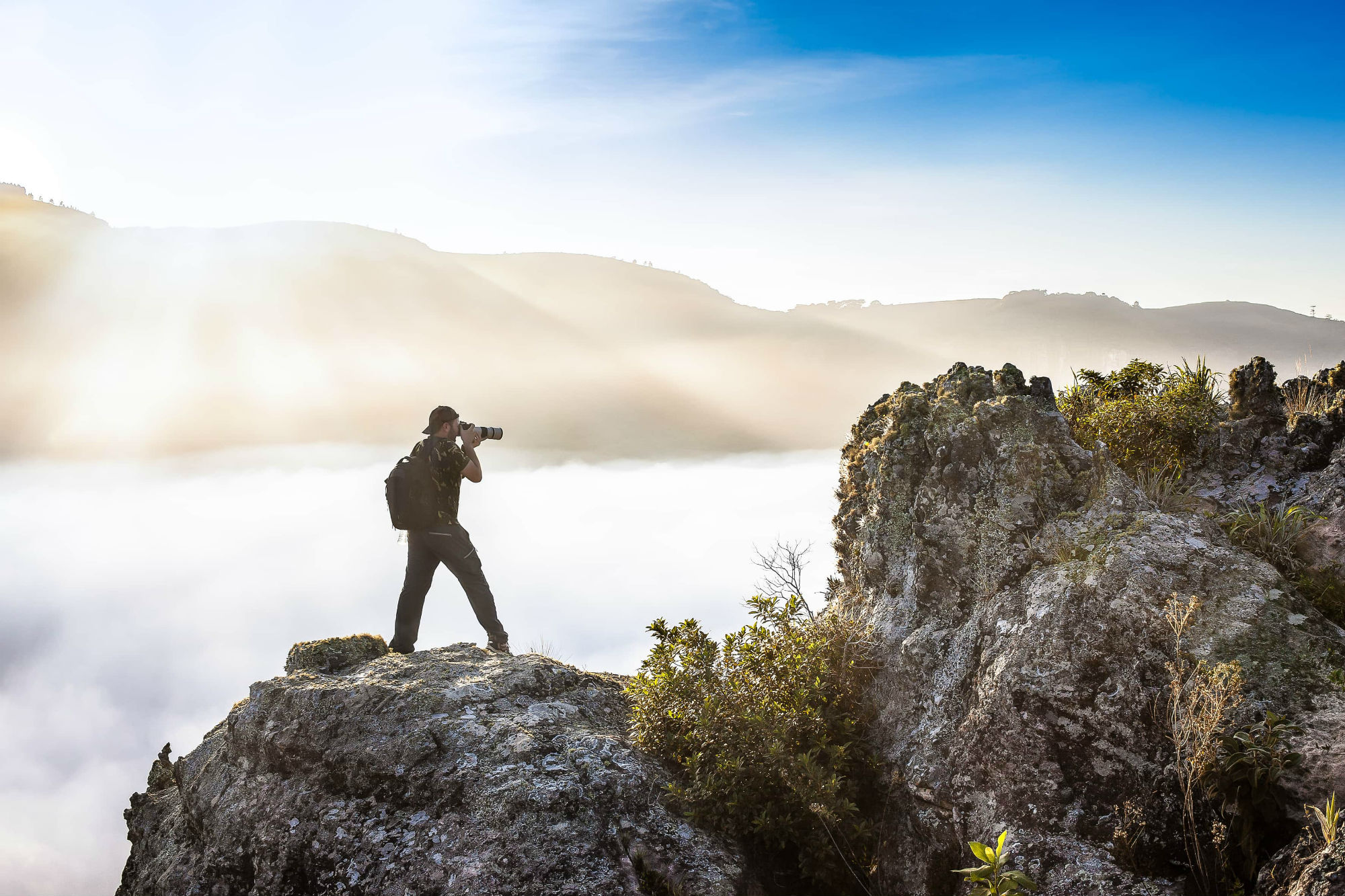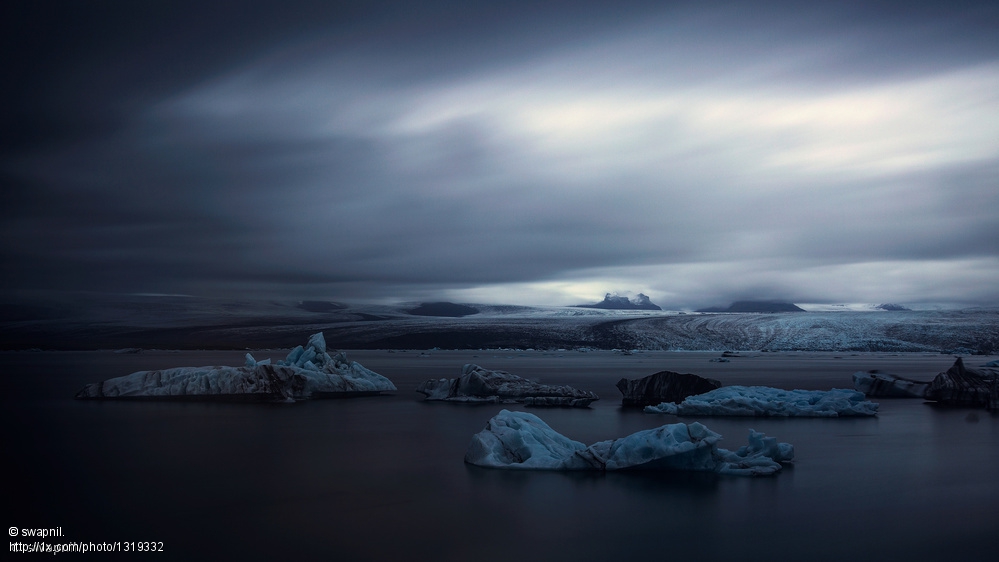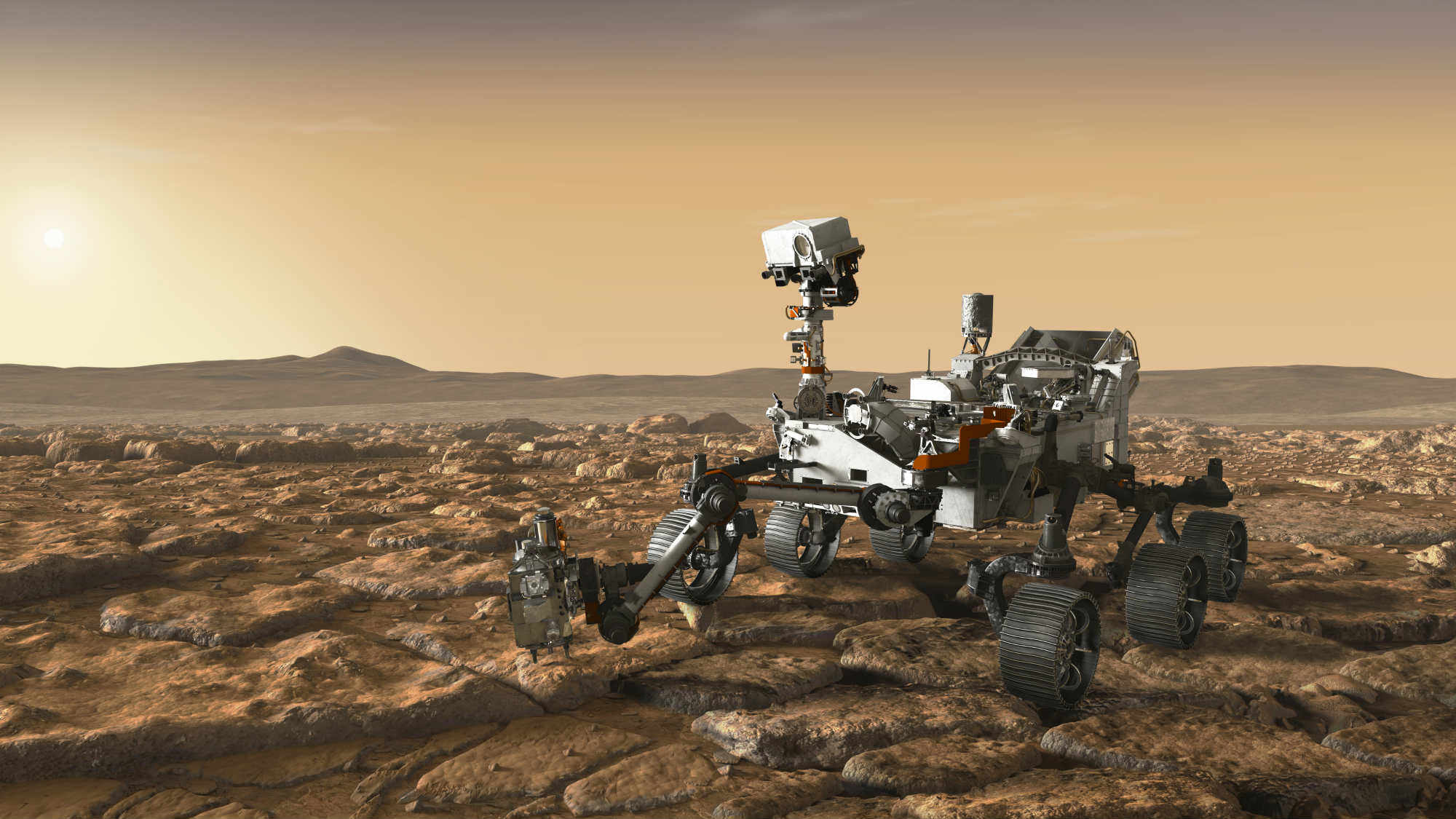Tips & Tricks
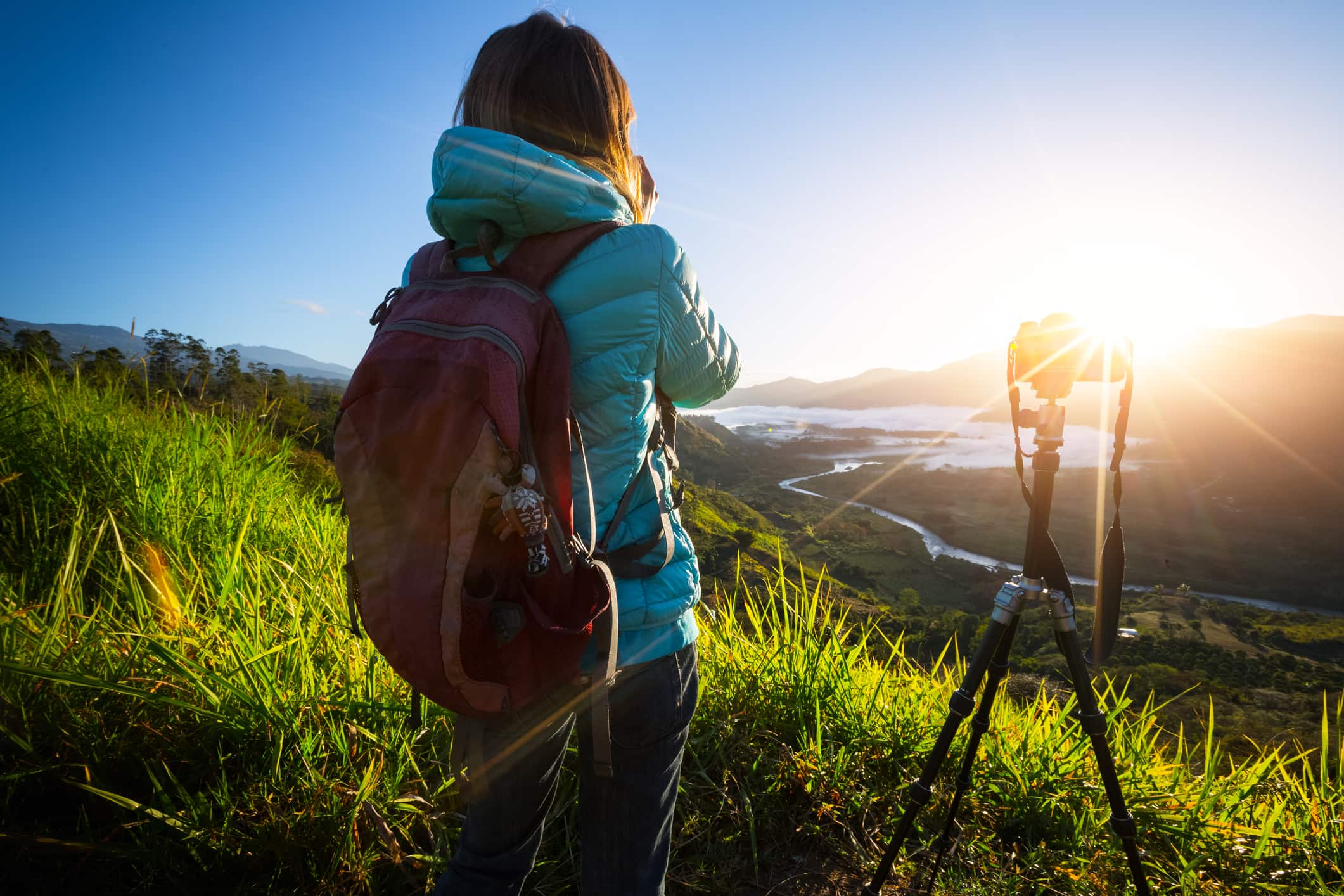
How to Get More Depth in Your Photos
Photography Talk
One of the challenges photographers have when creating an image is conveying a sense of depth and dimension.
After all, a photograph is a two-dimensional thing, but the subject is three-dimensional.
But creating depth in your landscape photos isn't as difficult as it sounds.
Here's three sure-fire ways to create photos that have a greater sense of depth.
Editor's Tip: One key to creating the best landscape images is ensuring that they are tack-sharp. To get the sharpest photos, mount your camera on a tripod so it has a stable base to capture the shot. Sirui makes some of the best tripods in the business, with features like built-in bubble levels, multi-angle legs, and rubber feet with metal spikes to give it more stability on uneven terrain. Visit sirui.com to learn more.
Use Layering as a Compositional Tool
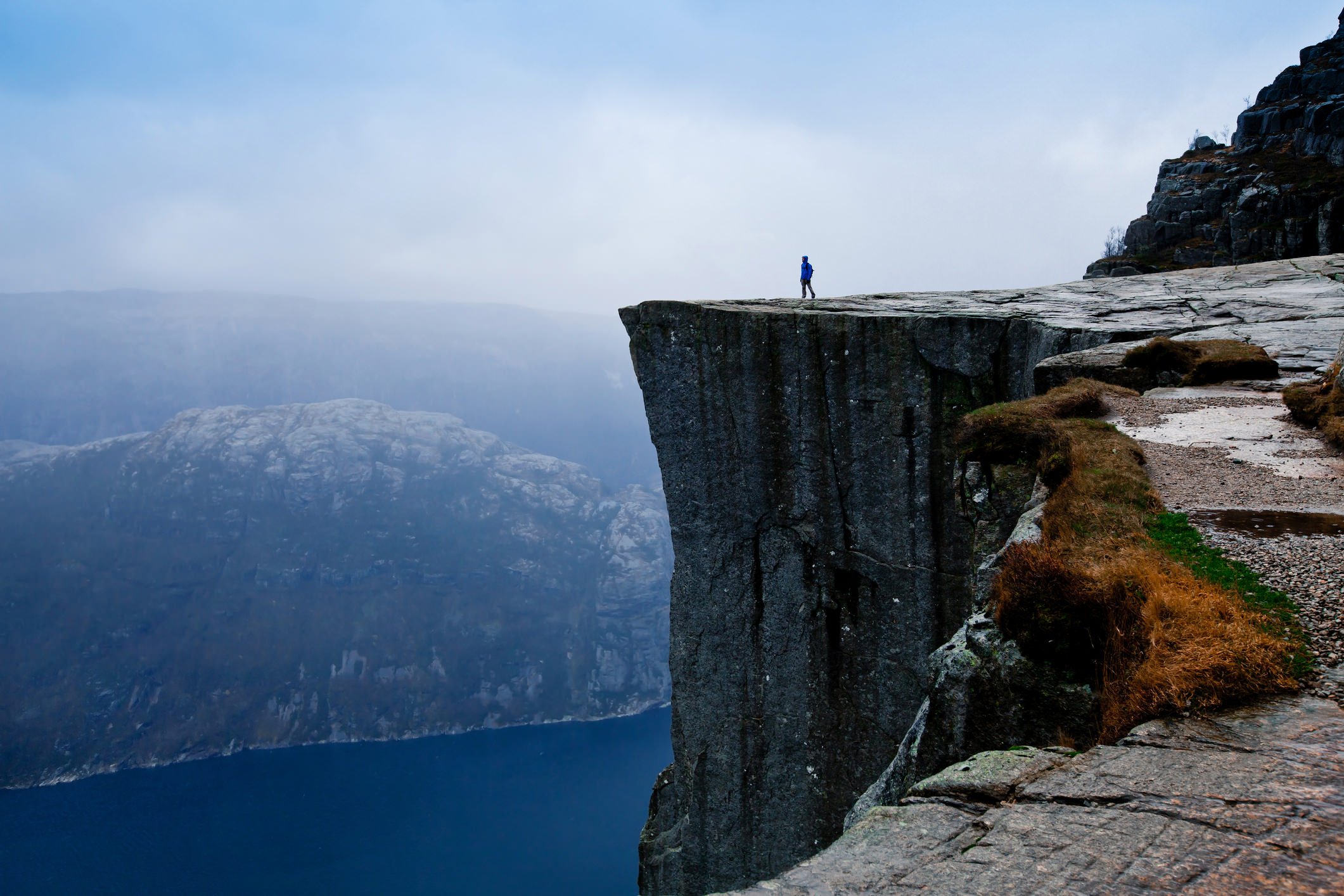
Layering is a tried-and-true photography technique that will immediately add impact to your photos.
This is an especially useful trick for landscape photography because it helps define the different areas of the shot.
If your landscape photos seem a little flat, all you need to do is incorporate elements into the foreground and midground, thereby giving the shot much more dimension.
And don't think that adding elements to these areas has to be completely obvious. In the image above, the rocks in the foreground and the cliff in the midground help define the space and make this shot feel much more real.
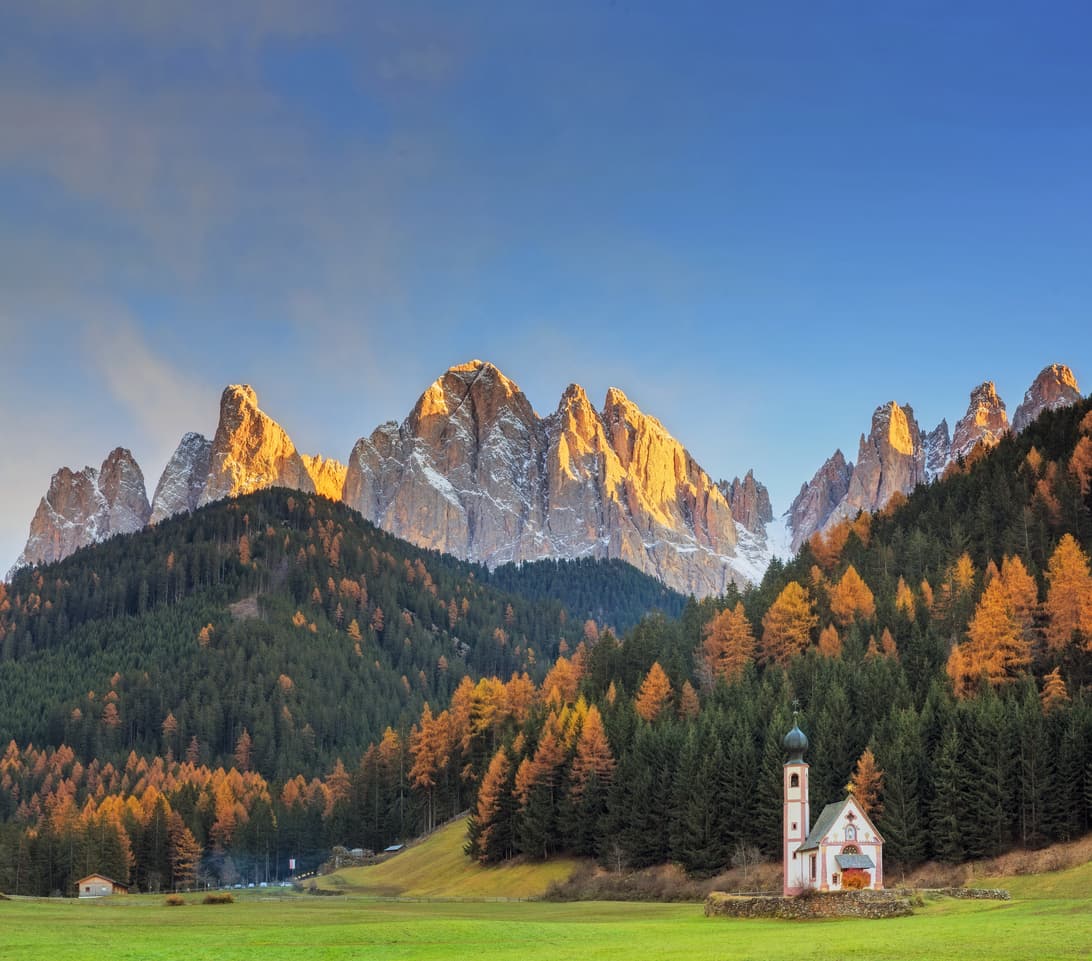
That's because with binocular vision, we see depth quite well, so when you incorporate features in your photos at different distances from your lens, our eyes are delighted.
But beware - if the objects in the foreground are too close, they might be out of focus. Conversely, if you focus on those nearer elements, the midground or background elements might be out of focus.
To avoid this, use a sufficiently small aperture (f/8 or f/11 works great) and focus the shot about one-third from the bottom of the frame. That should get you a nice, sharp image full of depth!
Learn More:
- Landscape Photography Primer: Getting Sharp Images With Depth of Field and Hyperfocal Distance
- Easy Tricks to Get Sharper Photos With a Tripod
Find Interesting Camera Angles
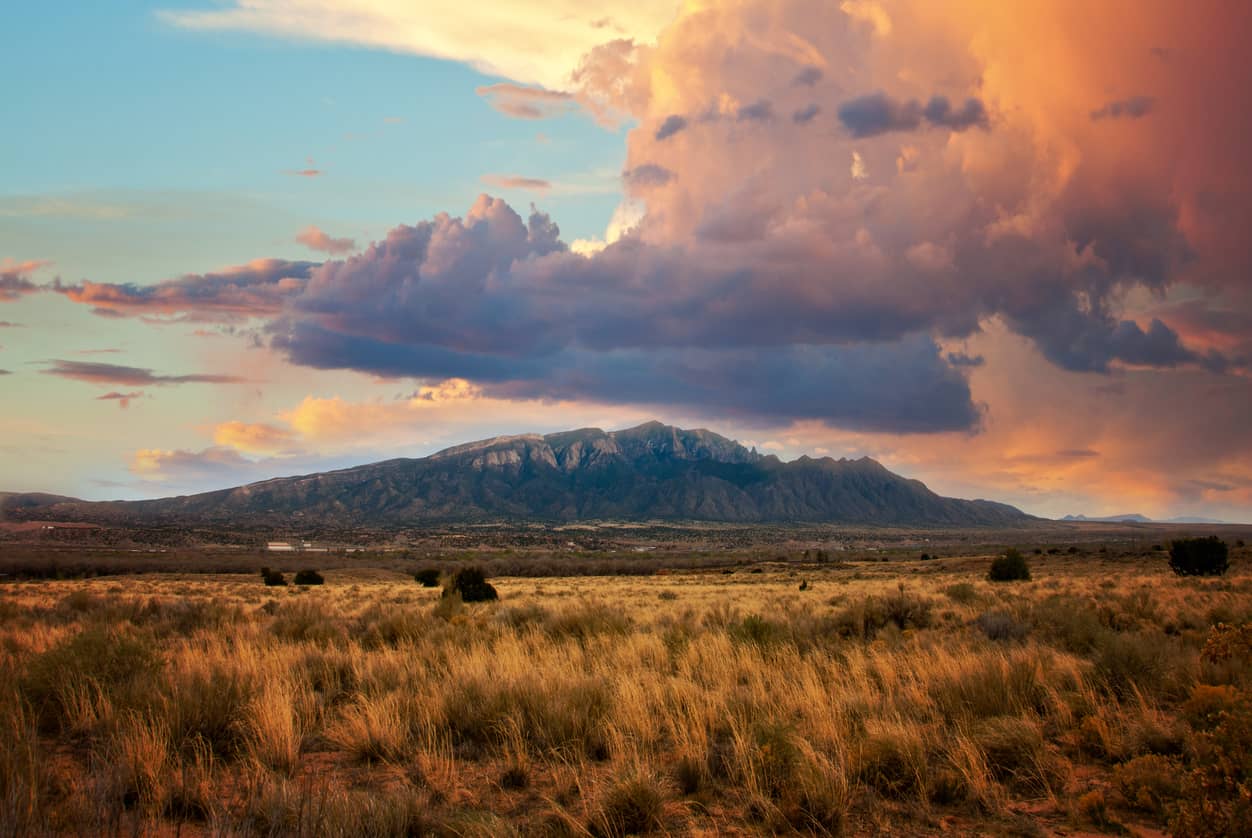
How you frame up the shot can also influence how much depth it has.
For example, in looking at the image above, you can see how the photographer included foreground, midground, and background elements.
However, because the photo is taken straight on looking at the mountains, it still seems a little flat.
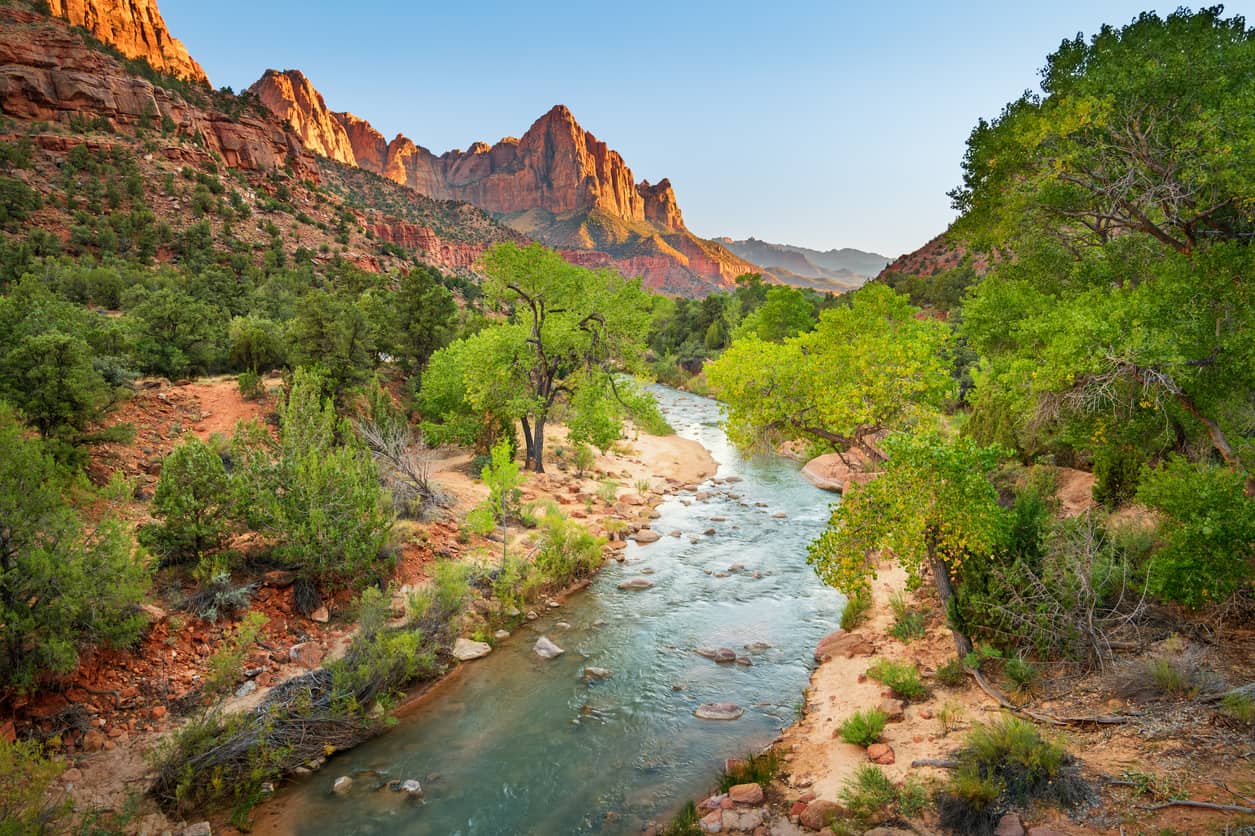
However, in this shot, in which the photographer looks down the length of the mountains instead of directly at them, the result is a photo with a much more three-dimensional feel.
That's helped by the leading line created by the river, which guides your eye from bottom-left foreground up through the middle of the shot to the background.
Perspective isn't just something to bear in mind regarding the direction your camera is pointing in relation to the subject, though...
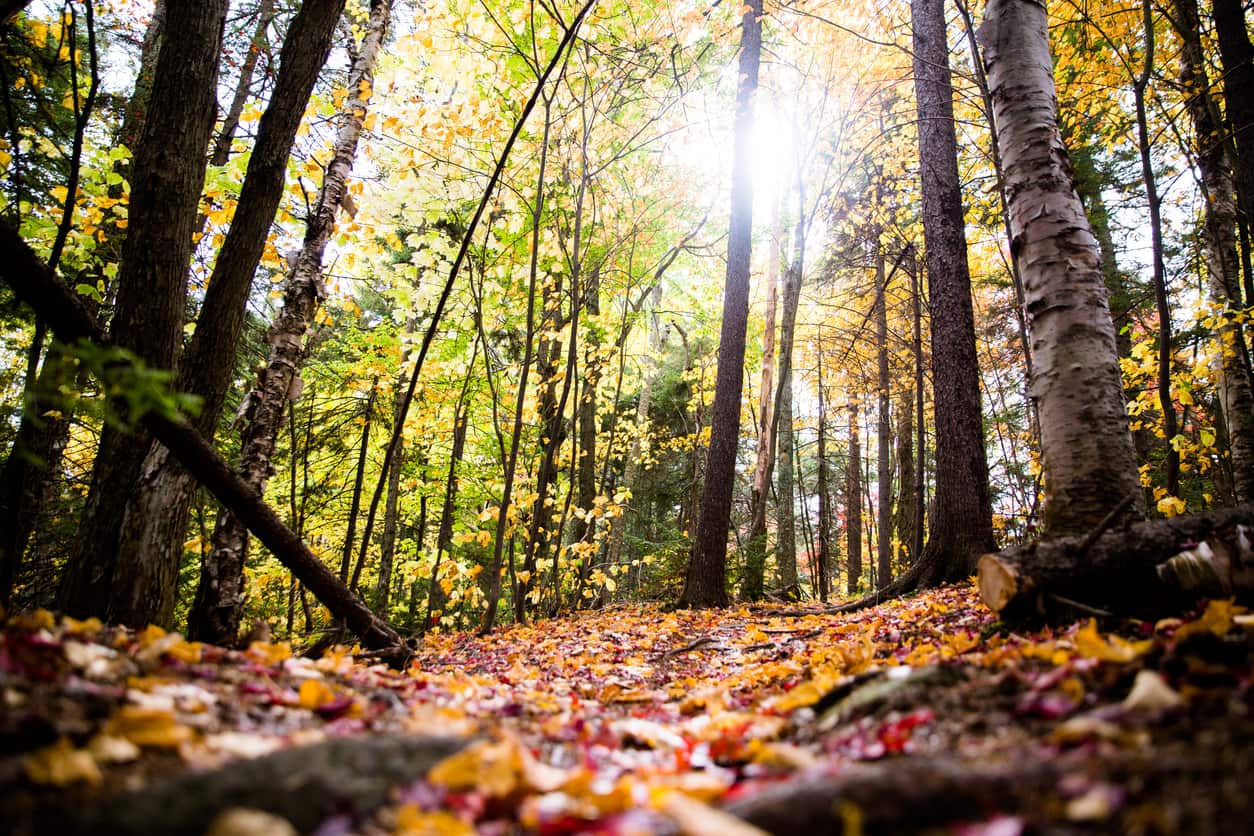
You can also add depth by changing the height of your camera.
Most people point and shoot from their own eye level, but that isn't as effective for capturing foreground interest.
Instead, use a tripod and frame up a shot that gets the viewer closer to the ground, as seen above.
As you can see, getting that low to the ground not only gives the shot tons of depth, but it also gives the viewer a unique, seldom-seen view.
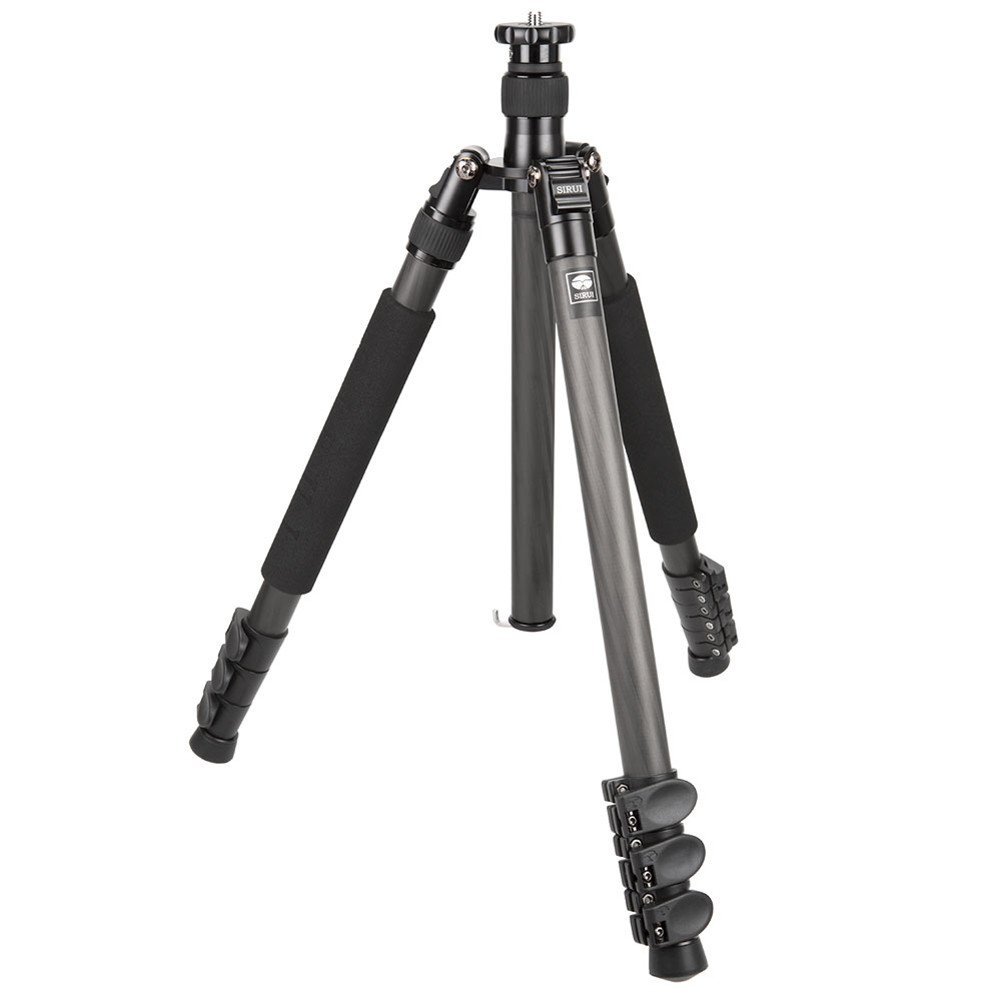
Editor's Tip: Not all tripods have the ability to get close to the ground, so be sure to look for a tripod with a center column that can be inverted. The Sirui EN-2204 Tripod does just that, enabling you to take beautiful low-angle shots that are full of depth. Get all the details about the EN-2204 here.
Find a Way to Frame the Subject
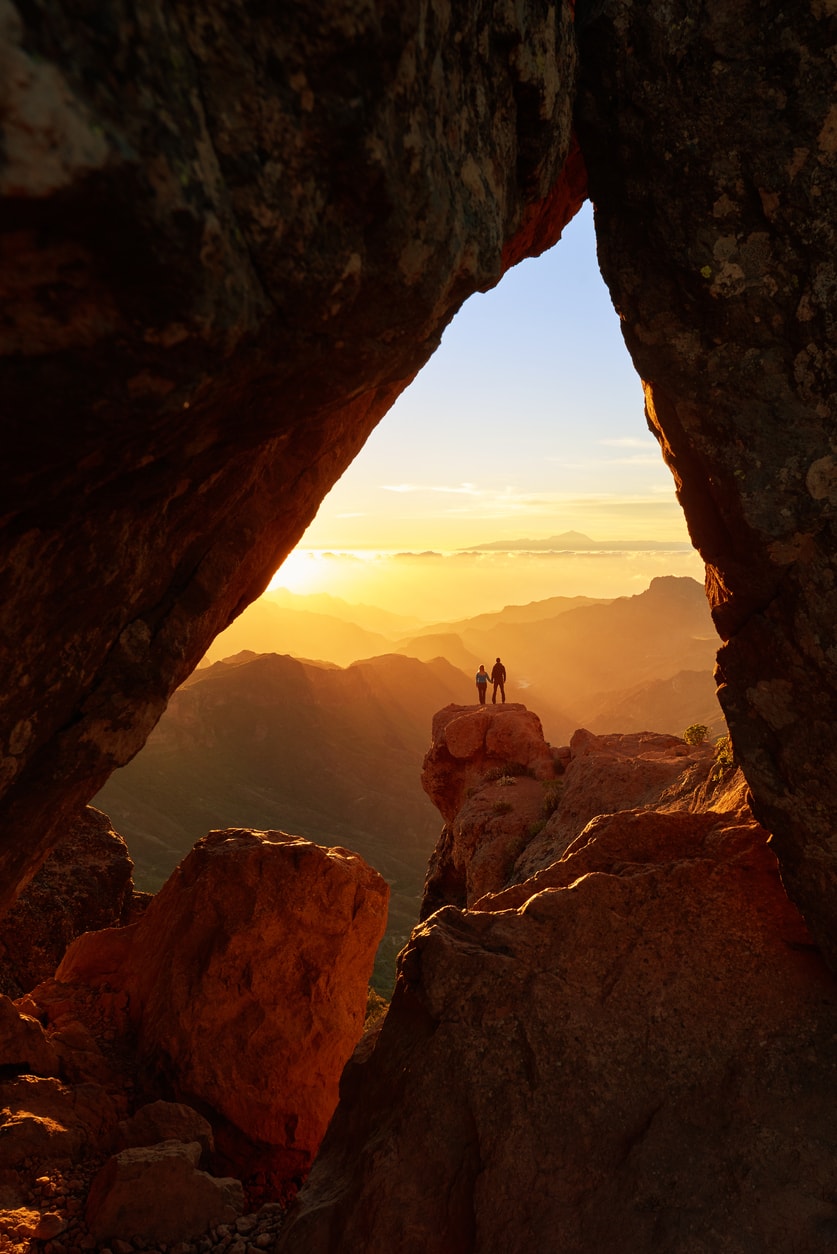
Yet another effective way to give your landscapes a greater sense of depth is to find a way to frame the subject.
By incorporating a frame in the shot, you achieve the same effect as you do when you include foreground interest - it helps layer the image and create distinct foreground and background areas.
In the image above, the foreground rock feature helps frame the people and the background of the shot, creating more dimension.
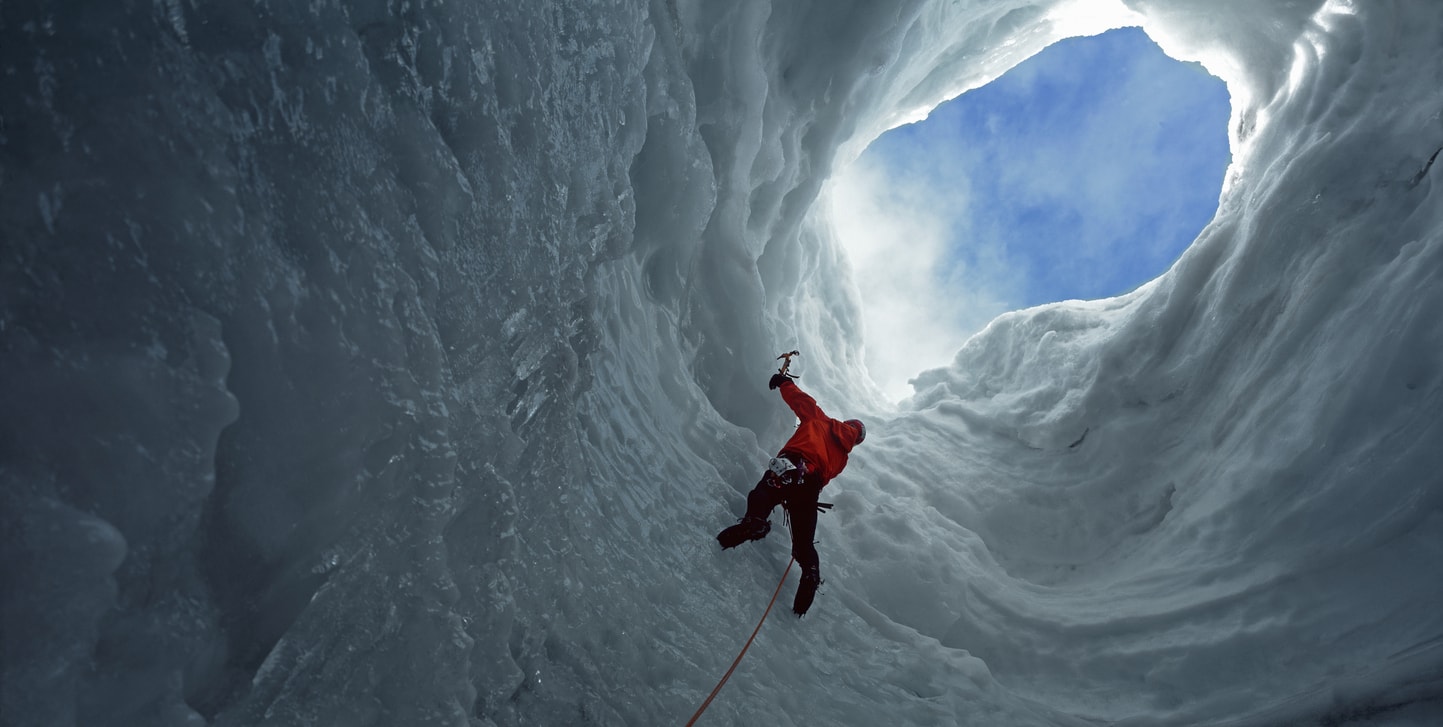
But frames don't have to be quite as overt...
In the image above, the ice cave frames both the climber and the sky beyond for a depth-filled image.
In other words, there's not only a number of different ways that you can add depth to your photos, but each of the techniques outlined here can also be used in slightly different ways.
That means that there's no excuse for creating flat, lifeless photos any longer!


